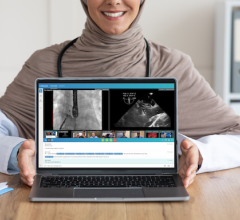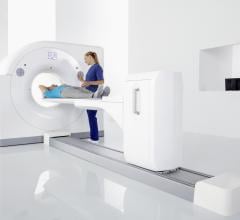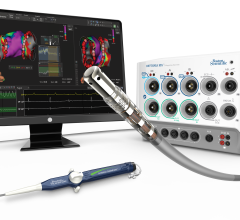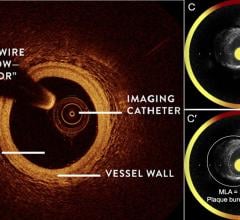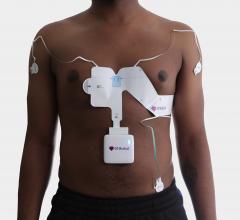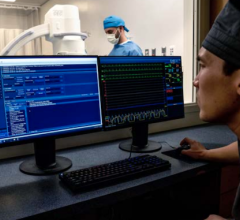February 23, 2021 — Remote cardiac monitoring vendor RhythMedix released its next-generation RhythmStar wearable device ...
February 23, 2021 — A recent article in the Journal of the American Medical Association (JAMA) Cardiology demonstrated ...
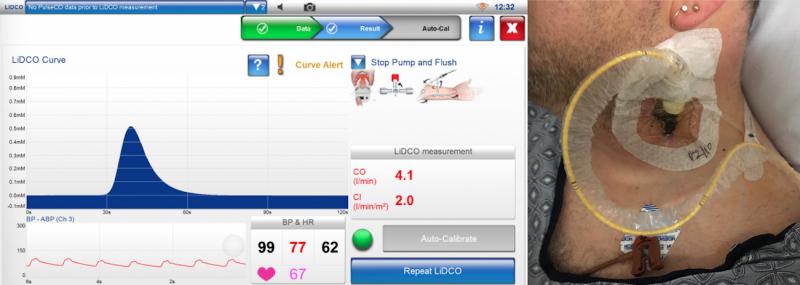
The overall trend in the cardiac output monitoring market is a movement toward noninvasive or minimally monitoring ...
Providing exceptional cardiovascular care for patients to achieve the best possible outcomes is the number one goal for ...
February 22, 2021 — The U.S. Food and Drug Administration (FDA) recently cleared the Cook Medical Zilver Vena Venous ...

February 22, 2021 — The American College of Cardiology (ACC) moved its meeting from March to May 2021 in hopes that ...
February 19, 2020 — After more than a year since the coronavirus disease 2019 (COVID-19) outbreak was declared a global ...
Cardiac positron emission tomography (PET) is growing in popularity among cardiologists because it provides the ability ...
February 18, 2021 – Enterprise imaging systems provider Intelerad Medical Systems announced it has acquired Lumedx, a ...

February 17, 2021 — The U.S. Food and Drug Administration (FDA) has cleared Shockwave Medical's Intravascular ...
An emotional reunion with COVID-19 patient Crystal Gutierrez and the clinicians and cardiologist who saved her life at ...
When performing radiofrequency (RF) ablation to treat cardiac arrhythmia, medical professionals must balance the safety ...
February 16, 2021 — Crystal Gutierrez, a young mother who earlier in 2020 fell seriously ill from the effects of COVID ...
February 16, 2021 – SpectraWave Inc. announced a $13.2 million series A-2 financing to support completion of product ...
February 16, 2021 — QT Medical recently announced the launch of Xpress ECG service, the world’s first 12-lead ECG home ...
Change Healthcare Cardiology Hemodynamics is an integrated hemodynamic monitoring system for monitoring vital signs and ...
February 16, 2021 – In recognition of World Congenital Heart Defects (CHD) Awareness week, HD Medical Inc. announced it ...

There is a lot of talk about health disparities between the insured vs. uninsured, low-income vs. higher-income, rural ...
February 10, 2021 - The U.S. Food and Drug Administration (FDA) has granted artificial heart developer Carmat approval ...


 February 23, 2021
February 23, 2021

